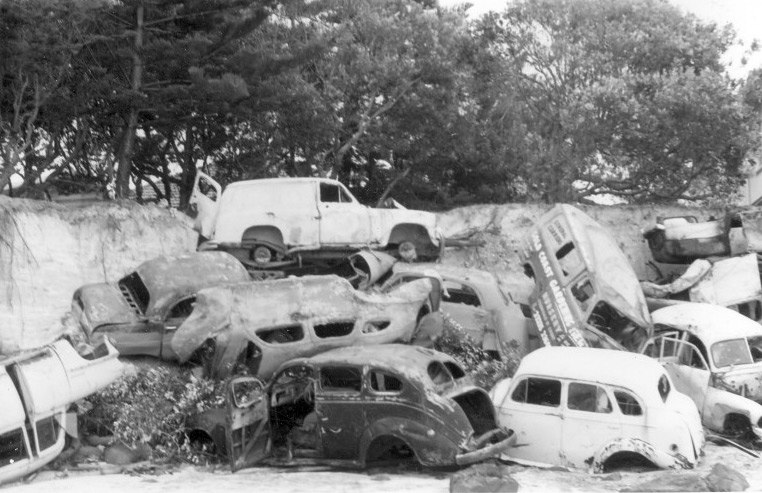You are here
Another brick in the seawall
For centuries, people in coastal areas have battled to keep the sea at bay – especially during storms and king tides. Sea walls are one option. But they are expensive and can create environmental problems.
Gold Coast City Council has some authority on the subject. They have around 18 kilometres of sea walls and they have learnt a thing or two since 1967, when tropical cyclones caused extensive damage to southern Queensland beaches. Back then, property owners threw everything they could find into hastily erected barriers. They used concrete slabs and rubble, gravel, plastic sheeting, bricks – even old car bodies.
Today, sea walls are far more sophisticated. Gold Coast Council has developed a standard design that takes into account the dynamic coastal environment. For much of the time, the walls are covered by sand.
A well-built sea wall is not cheap. In 2012, Gold Coast City Council estimated the cost of completing the sea wall along the whole of the developed coastline would be around $57 million.
Sea walls face challenges beyond their large price tags. They can create environmental problems and worsen erosion problems elsewhere.
According to Alan Jones from the Australian Museum, ‘If hard engineering is used to defend societal assets against erosion, the local sandy-beach habitat would be fundamentally altered, perhaps removed entirely’.
But something needs to be done. Adapting to sea level rise is vital. Decades ago, Danish civil engineer Pers Bruun discovered that shorelines typically recede horizontally at 50 -100 times the vertical sea-level rise. Applying the ‘Bruun rule’ to the Gold Coast for mid-range global warming projections for the year 2090 reveals shoreline recession of between 15 and 65 metres.
• Does your community have sea walls? What has been their impact? What other options do you have?
• Are there people pushing for sea walls to be constructed? Have any impact studies been undertaken?
• Who pays for sea walls associated with new commercial developments?
More reading
Assessment and decision frameworks for sea wall structures, Sydney Coastal Councils Group (http://www.sydneycoastalcouncils.com.au/sites/default/files/Appendix%20G%20Case%20Study%20Gold%20Coast%20010613.pdf)
ulshw5fujbph5ehz.jpg





